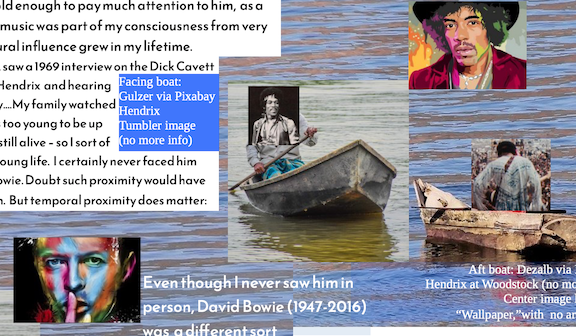Over recent months,* I’ve been exploring concepts related to the Hebrew word “panim” — usually translated as “faces” or maybe “facets or perspectives.” The word, “panim [פָּנִים],” is a complex one, not unlike “face” in English. In the sense of “aspect” or “facet,” the noun’s meaning is inherently filled with variety. Moreover, in adverbial phrases, “panim” can describe precedence (in space or time); as a verb, it can take on aggressive tones, while encompassing a range of presence and intimacy. Maimonides says meanings include communication involving voice** without sight; he also singles out anger as a particular meaning “panim,” in addition to the more general “countenance” (Guide for the Perplexed, Part I, Chapter 37)….More details coming.
In addition to people, animals, and inanimate items like clocks and dice, the divine and the Torah have panim.
Face-Phrases
I recently learned that some face-phrases, with regard to Torah, have positive meanings and some are negative. For example:
— “Shiv’im panim la-Torah [Torah has seventy faces]” gives ‘face’ a positive connotation in describing the Torah’s multiple facets;
— “Megaleh panim ba-Torah [revealing faces of Torah]” puts a more sinister spin on ‘face,’ or its revelation, linking suggesting showing some faces with discrediting or devaluing Torah.
— See, e.g., discussion in Heschel’s Heavenly Torah, p.375. Full citation below
One quotation and some related sources on this Sefaria sheet
Another phrase seems less clearly positive or negative. Rabbi Meir, in Erubin 13b, is said to treat categories of tamei and tahor, usually considered mutually exclusive — something is either Levitically pure or it’s Levitically impure — in such a way that he “mareh lo panim [מַרְאֶה לוֹ פָּנִים]” — “makes visible faces” or “shows for it facets.” This resulted, the passage tells us, in halakhah (practice) not being decided according to R’ Meir, because “his colleagues could not stand on the end of his insight.” More on this phrase soon.
Limits to Faces or Voices?
After weeks of study, I have more questions than answers about Torah and its faces… and about how we consider multiple perspectives — faces/facets or voices — to any text: Is there a limit? If so, how are those limits decided? How do we choose which aspects or perspectives to highlight or privilege and which to treat as marginal or also-rans?
Join me, as posting progresses — subscribe so you don’t miss the latest — and add your own thoughts as comments or contact me to guest-blog.
Heavenly Torah: As Refracted through the Generations. Abraham Joshua Heschel (1907-1972). Gordon Tucker (living), translator and editor. Continuum, 2004. Begun in the 1960s and partially published earlier, in original Hebrew and in English.
RETURN
*The impetus for this exploration was “The Dazzling Wisdom of Rabbi Meir” studies through SVARA: The Traditionally Radical Yeshiva. Most of the text we explored together was from Erubin 13b. That led me/us to various verses in Tanakh — Proverbs 27:17, Isaiah 30:20 and to other Isaiah verses related to “All Along the Watchtower” — and to many other texts and song lyrics. More about these studies and my responses can be found at “A Song Every Day” (yes, too many blogs).
RETURN
**Future posts will focus more explicitly on “voice,” literally and metaphorically, in Guide for the Perplexed and other sources. We will also look at body-specific language we use for perspectives.
RETURN
